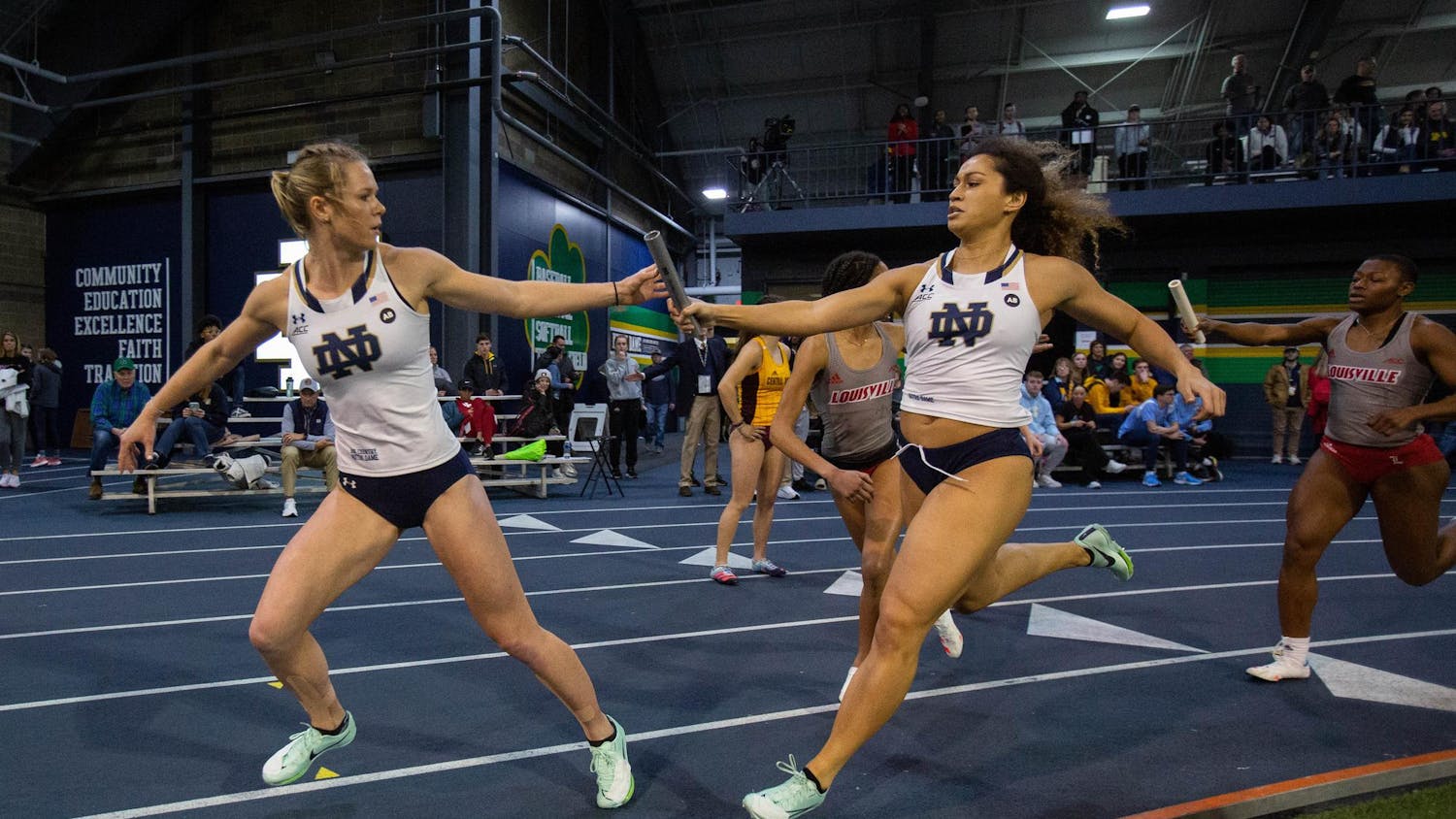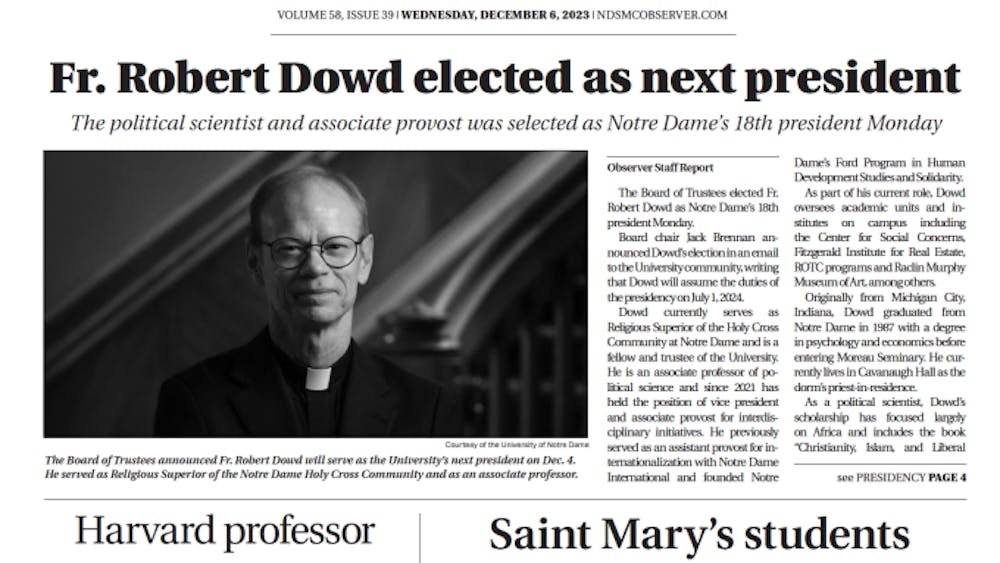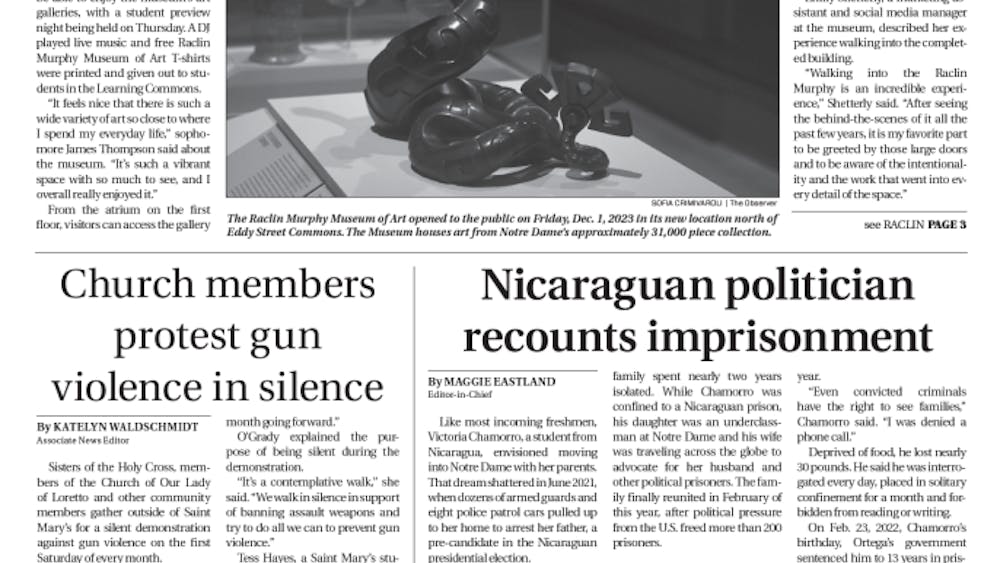As a child this was always one of my favorite times of year. Although it was bitterly cold at times, the winters in Chicago proved to be an exciting time when each morning held the possibility of waking up to a snow day.
For several years I have fondly referred to this time of year as "hat season" despite the fact that I myself never wear hats. I always know it has arrived when I see middle-aged men donning Irish walking caps or little boys wearing their navy-blue Chicago Bears hats with the orange ball on the end, before going outside to play.
During winter break the book "Hatless Jack" by Chicago Tribune columnist Neil Steinberg caught my attention. I learned that traditionally, hats were not only used to keep warm in frigid weather, but also to mark one's style. In addition to winter, there were several other "hat seasons" throughout the course of the year. Sept. 15 was designated as our national Hat Day.
Historically, to wear a summer straw hat after this day was a grave fashion faux pas; much like wearing white after Labor Day is today. Steinberg provides accounts of hat-wearers having their haberdashery stolen or even being beaten up for sporting straw hats after Hat Day. He also discusses the shame of losing your hat or having to chase after if it blew away in a chapter aptly titled "Never run after your own hat."
The book attributes the demise of hat-wearing in this country to the late President John F. Kennedy. Much to the chagrin of the "hatters", the young president often refused to wear hats despite their constant attempts to outfit him in one. Kennedy was photographed bare-headed from the very beginning of his political career.
On the rare occasion that he did wear a hat, it often made front page news. At one point Kennedy was photographed on the family yacht in casual sportswear with the sun reflecting on his copper tresses, and this was soon deemed as the "new American look."
To many the decline of hat wearing was a pressing social issue in the '60s. Although the decline of hat-wearing helped to eliminate the possibility of being beaten up for wearing the wrong had during the wrong season, it also decimated the hat-making industry, which had been rather lucrative up to this point.
Moreover, it raised questions as to how a gentleman should conduct himself in a hatless world. How could he look respectable in public without wearing a hat? How could he properly greet someone without the tip of a hat? How could a man show interest in or acknowledge a woman without a hat to take off?
Clearly, the country needed only to look to its President for guidance in this time of crisis. As we now know, President Kennedy had few problems "acknowledging" women.
The American people took note of their hatless president and gradually began to follow his example. If this man could be elected the leader of the free world, while at the same time disregarding the social guidelines surrounding proper hat-wearing, then maybe there really wasn't any need for Amer-icans to end up chasing their fedoras down the street on a windy day.
Today both men and women still wear hats, but usually for more functional purposes. Other than supporting your favorite sports team or college and whether it be worn sideways, backwards or forward, hats today express very little about their wearer.
Hats no longer carry the same significance they did only a few decades ago, when one's hat was ultimately an extension of oneself. Hats not only epitomized one's own sense of personal style, but also provided our nation with certain social norms to be followed.
I think a certain part of our nation's charm died with Kennedy's refusal to wear hats and the subsequent demise of hat-wearing. Never will we see young men approach young women with the tip of a hat, and never will we have to check a hat at a nice restaurant. Just watch today's Inauguration - chances are that President George W. Bush will not wear a top hat, which had for many years been an Inaugural tradition. This serves as yet another reminder that hats no longer rest atop America's fashion sense.
Molly Acker is a junior communications and humanistic studies double major at Saint Mary's. Her column appears every other Thursday. She can be contacted at acke6785@saintmarys.edu.
The views expressed in this column are those of the author and not necessarily those of The Observer.









